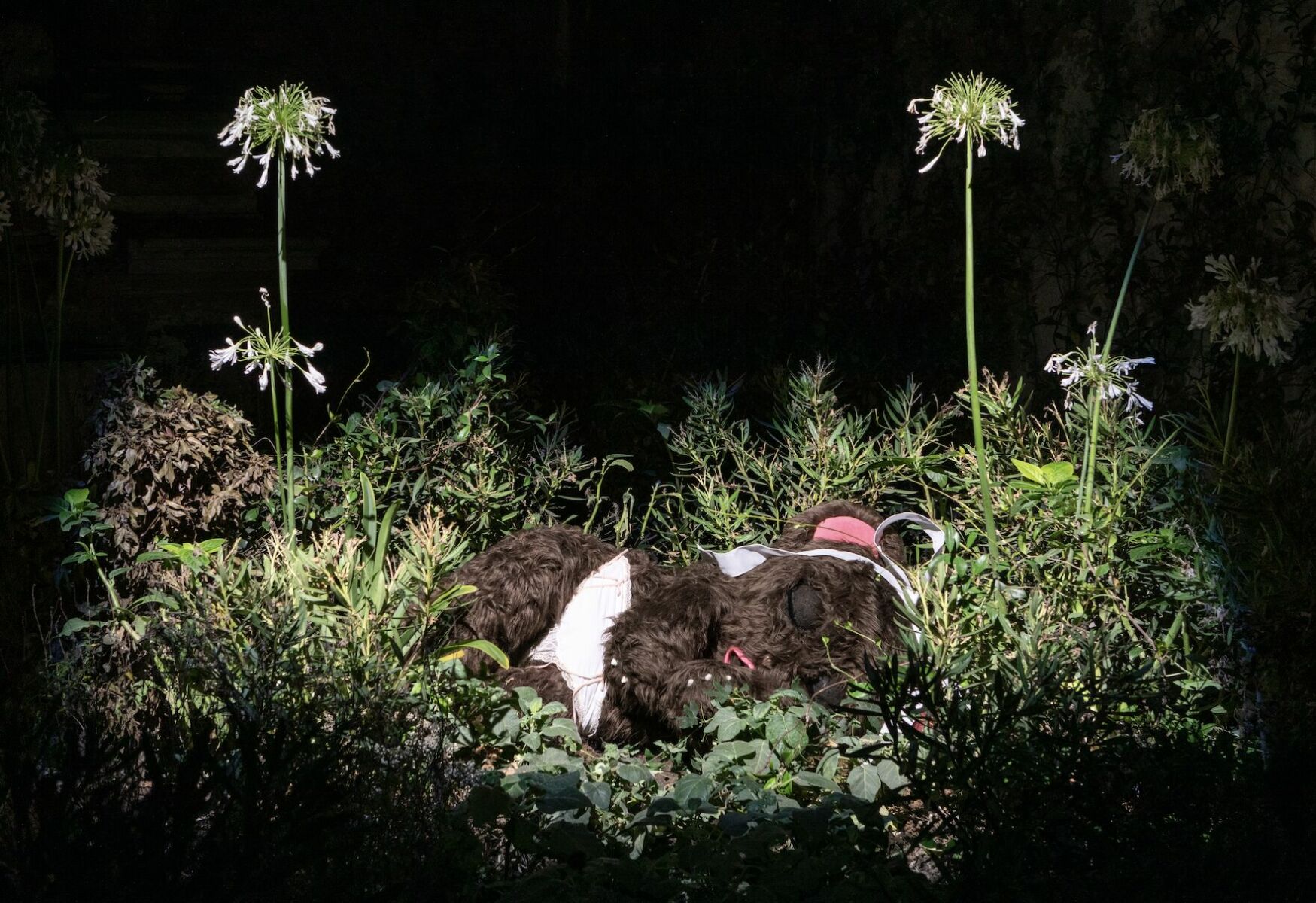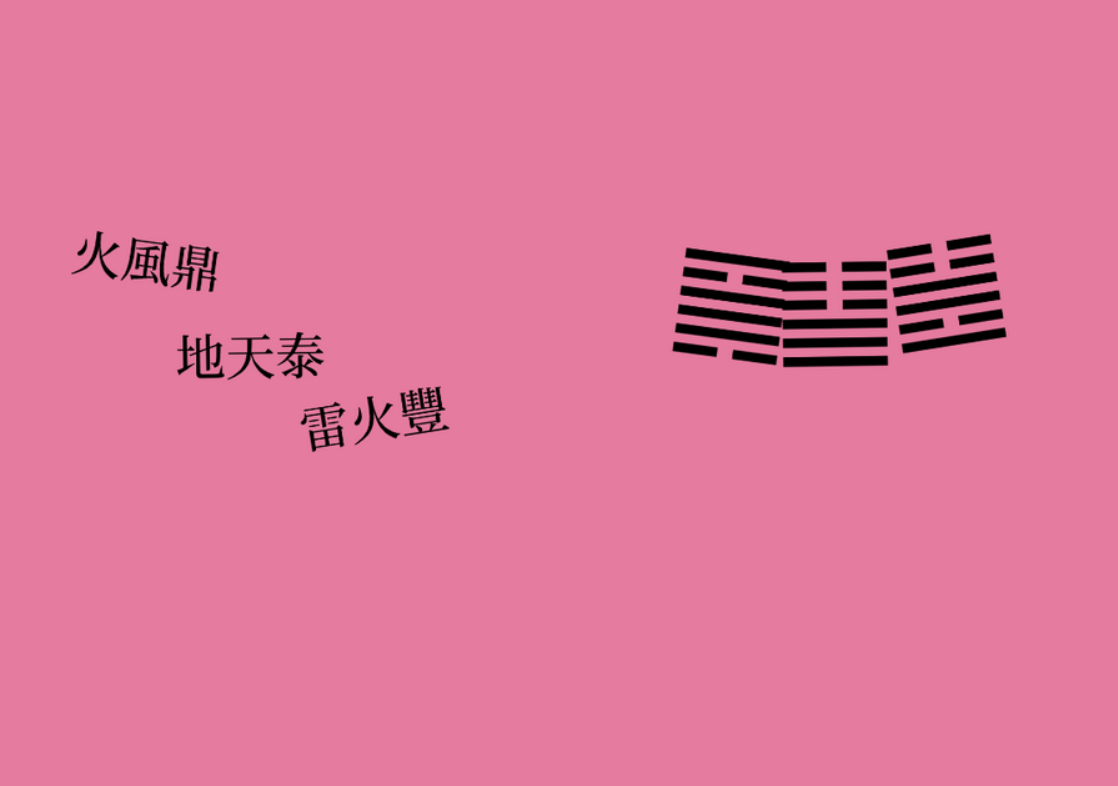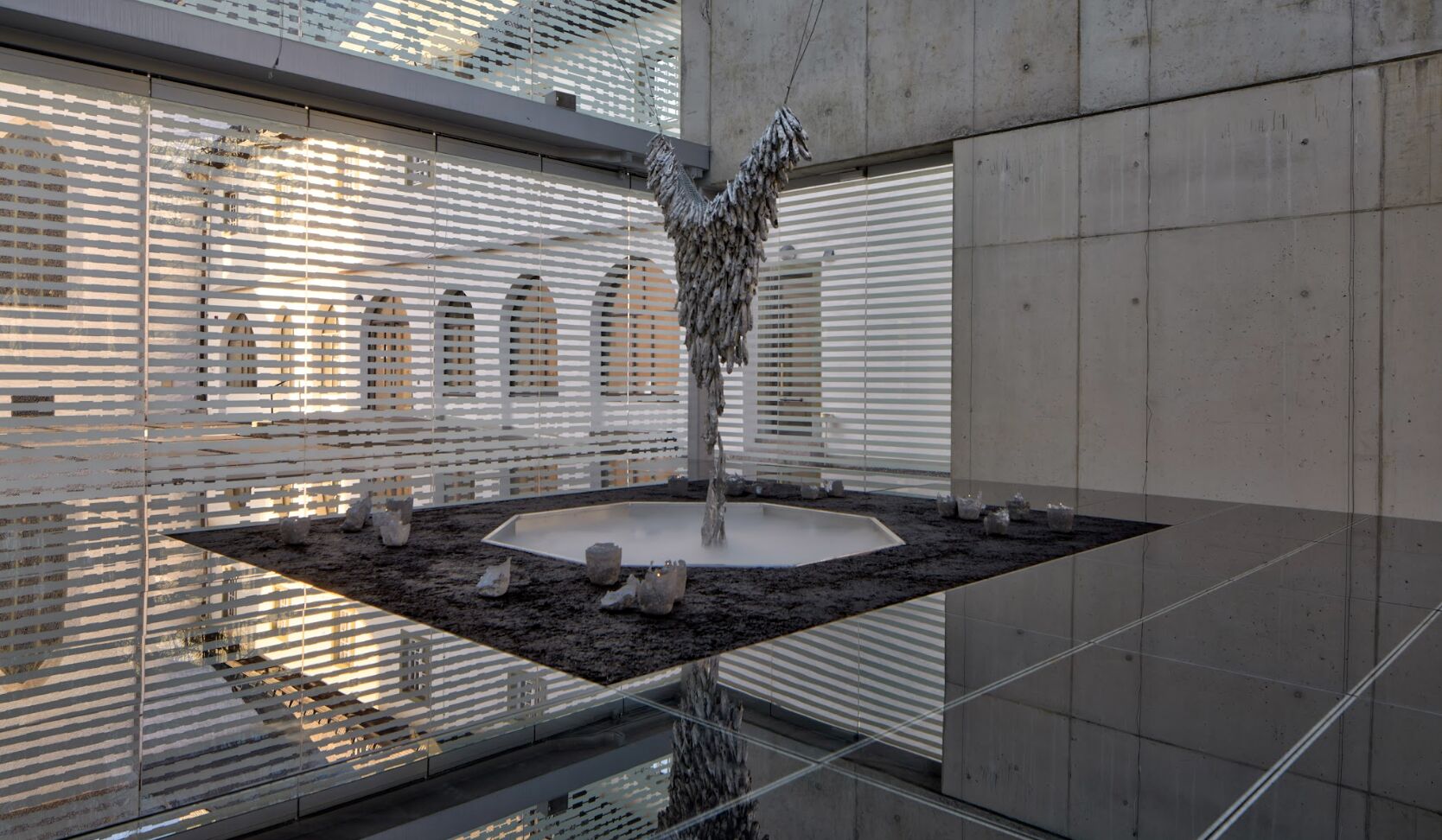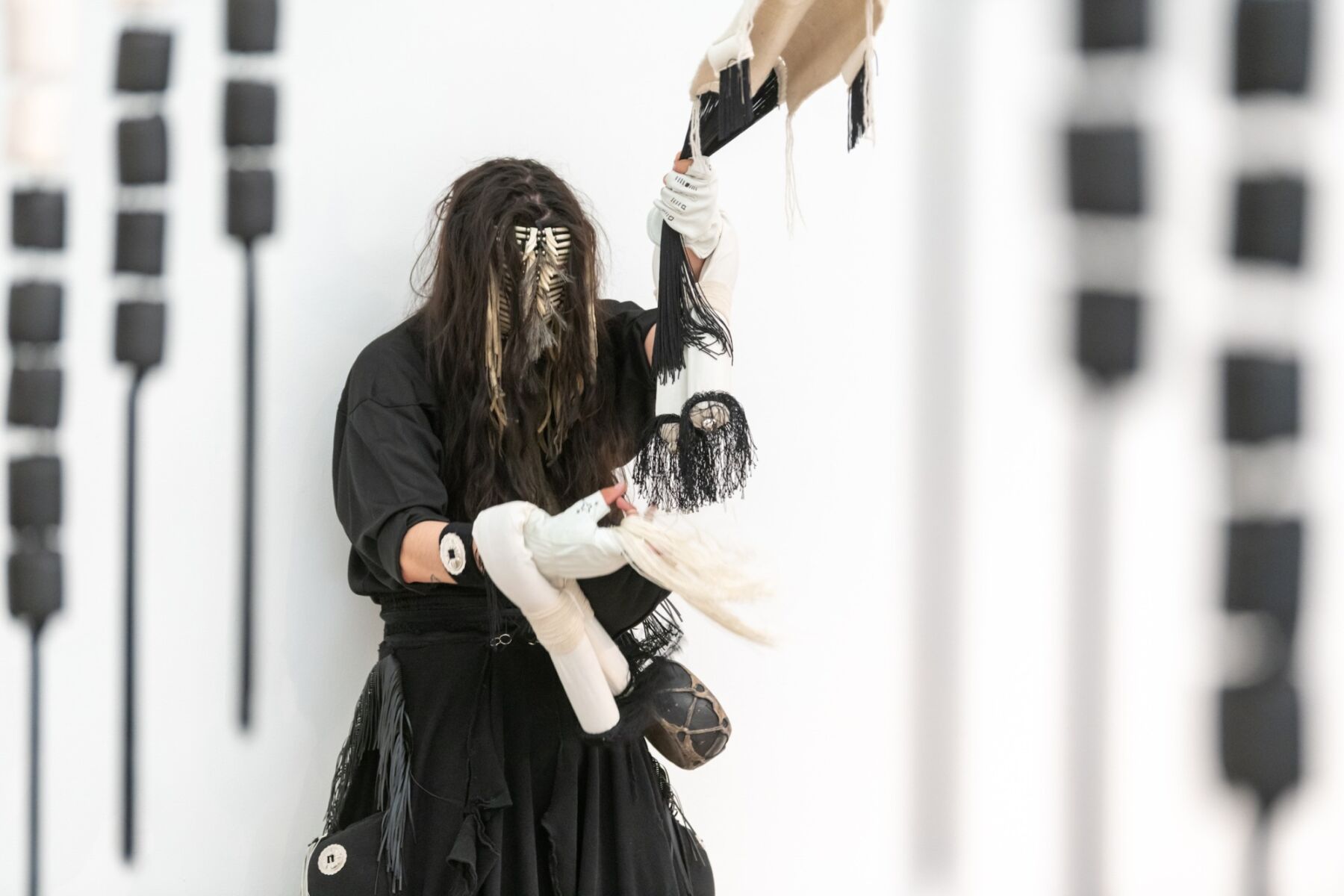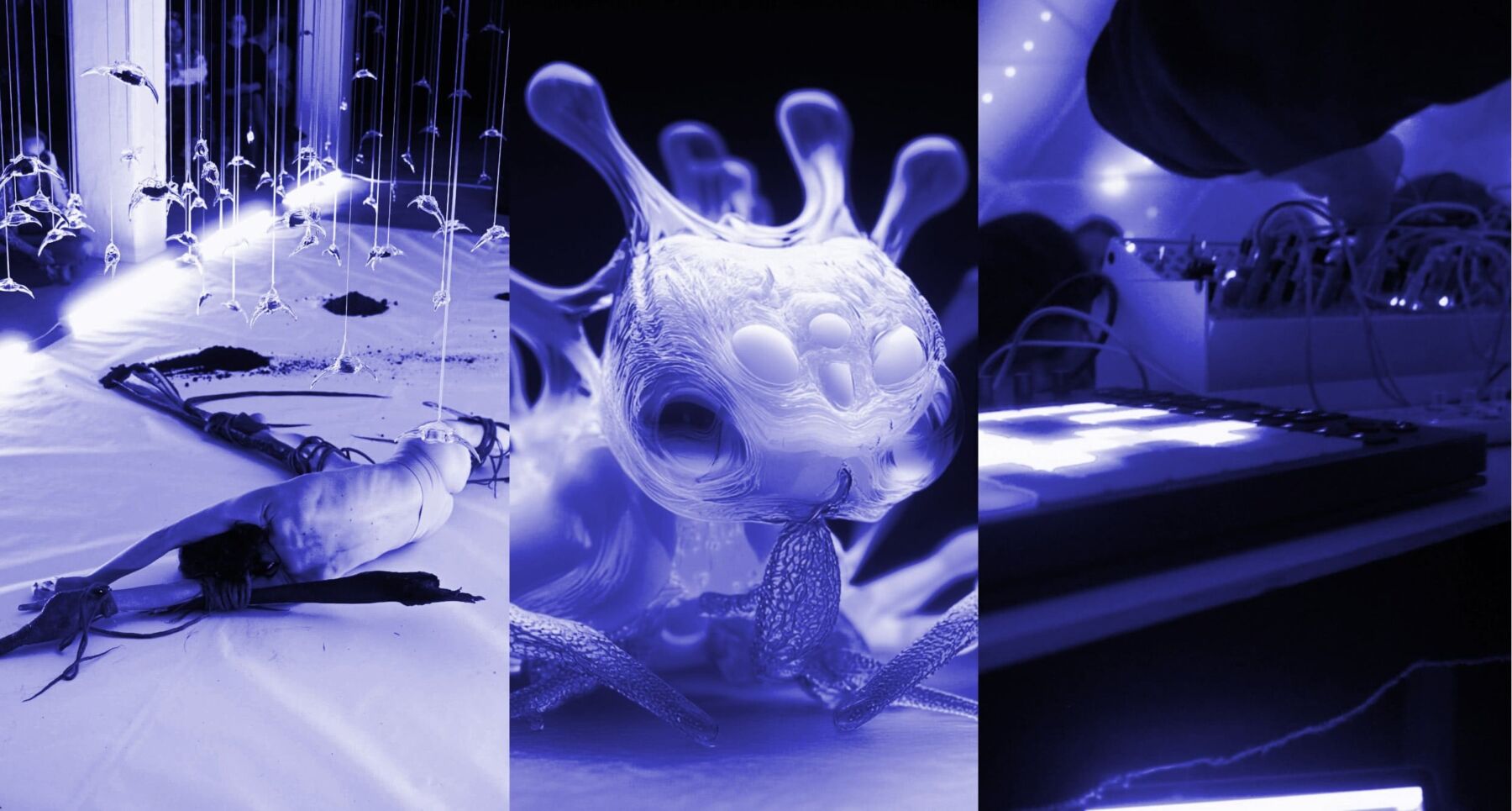Text by Patrick Tanguay
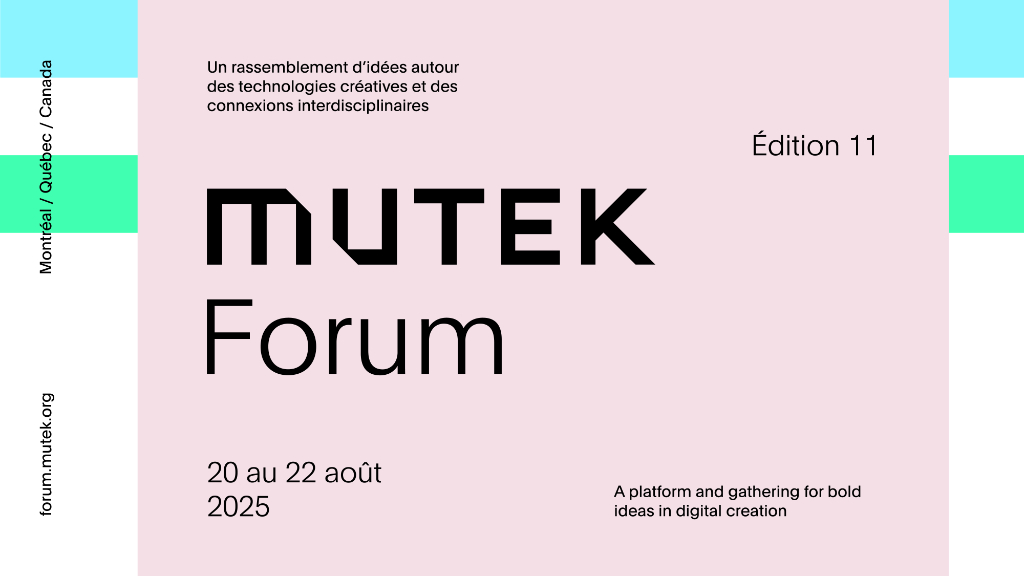
As AI systems proliferate globally, their environmental footprint grows alarmingly [1]. Data centers powering these technologies consume electricity equivalent to small nations and billions of gallons of water annually. This impact extends to all AI-using sectors, including arts and culture. Artists now face a challenge: how can they harness AI’s creative potential while addressing its environmental costs?
The MUTEK AI Ecologies Lab [2] tackles this challenge through an interdisciplinary residency aimed at developing sustainable AI approaches in arts and culture. The lab seeks practical solutions to this problem through prototyping and experimentation. Most international arts leaders recognise the relevance of environmental sustainability, driven by energy savings and regulations. However, translating this support into action remains a challenge. The lab’s work wants to engage with these currents, seeking approaches that move beyond efficiency to rethink AI’s ecological footprint.
Emerging alternatives, sustainable and ethical approaches
Several alternative frameworks are emerging in response to AI’s ecological impact. Indigenous epistemologies offer different conceptions of technology that prioritise relationships and reciprocity. Initiatives like the Abundant Intelligences [3] program explore how principles like “Two-Eyed seeing [4]” might reimagine human-technology-environment relationships.
Many artists in the cultural sector are exploring more sustainable approaches using small AI models run on local servers or their own computers, while the environmental impact of large-scale infrastructure is significant. These models, tailored to specific datasets or an artist’s work, can reduce the energy and compute required compared to large, generalised language models. By leveraging local resources and specialised training, artists can innovate with AI in a more environmentally conscious manner, reducing the carbon footprint of their practices.Several initiatives are reshaping AI development to address ecological and ethical dimensions, complementing these environmentally focused approaches.
Artists Holly Herndon and Mat Dryhurst, through projects like Holly+ and Spawning [5], advocate for consent-based data practices, allowing creators to opt out of having their work used in AI training datasets. Timnit Gebru’s research has highlighted biases in AI systems and led to the founding of the Distributed AI Research Institute (DAIR) [6], focusing on equitable development. Integrating AI into climate resilience strategies, as explored by Al-Raeei [7], emphasises interdisciplinary collaboration and ethical considerations in deploying it for sustainable development. These efforts, along with promoting data commons, aim to ensure development respects creators’ rights and serves diverse communities fairly.
MUTEK AI Ecologies Lab
The lab, based in Montréal, brings together leading mentors and institutions, including MUTEK [8], the Society for Arts and Technology (SAT) [9], the Applied AI Institute [10], the Milieux Institute [11], and the Abundant Intelligences program [12]. Participants were guided by a diverse and interdisciplinary group of mentors [13]–Daniel Perlin (Accenture Song [14]), Tegan Maharaj (Mila [15]), Fenwick McKelvey (Applied AI Institute [16]), Migueltzinta Solis (University of Lethbridge, Centre for Indigenous Arts Research & Technology [17]), Jean-Michaël Celerier (SAT), Mikellena Nettos (Climate Reality [18]), and Marie-Ève Levasseur (Independent Artist)–whose expertise range from climate justice to open-source AI tools.
The lab’s process began with an open call for projects prioritising sustainable approaches, followed by virtual seminars and coaching sessions, then an in-person development sprint at Concordia University and the SAT. The methodology emphasises rapid prototyping — building just enough to test critical assumptions, gather feedback, and iterate quickly. Instead of theorising, this “Minimum Viable Product” mindset makes sustainability concepts tangible and testable in real-world applications, with results to be presented at the MUTEK Forum [19] in August.

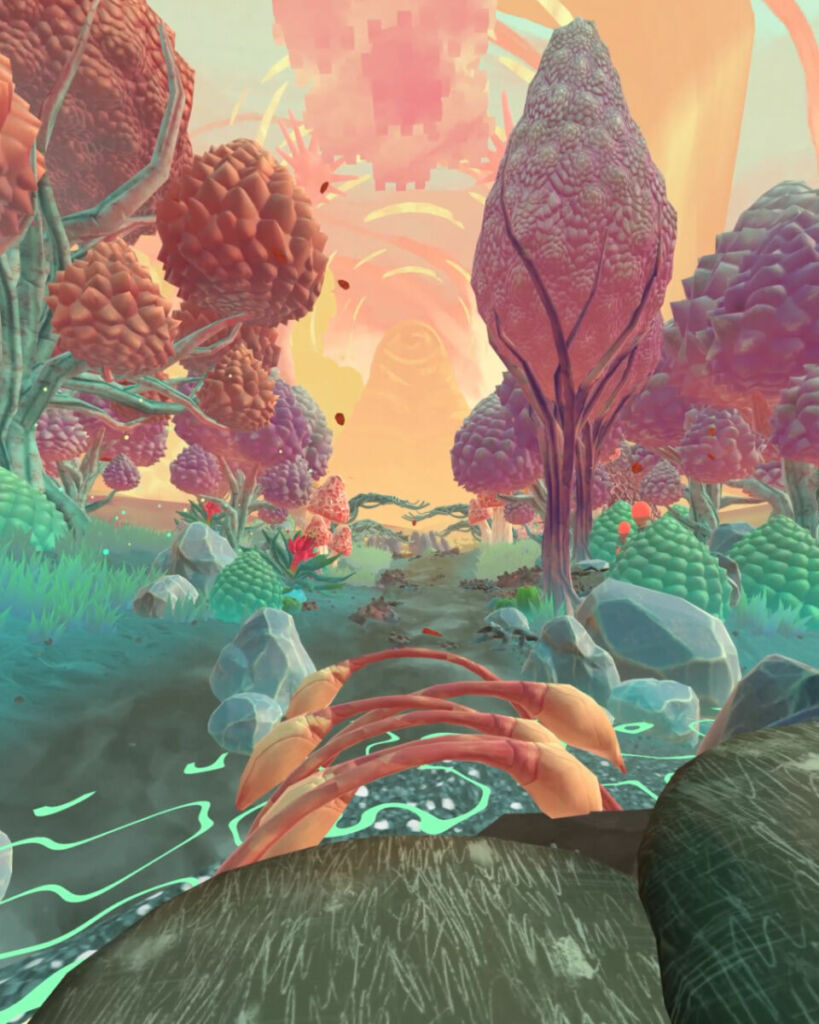
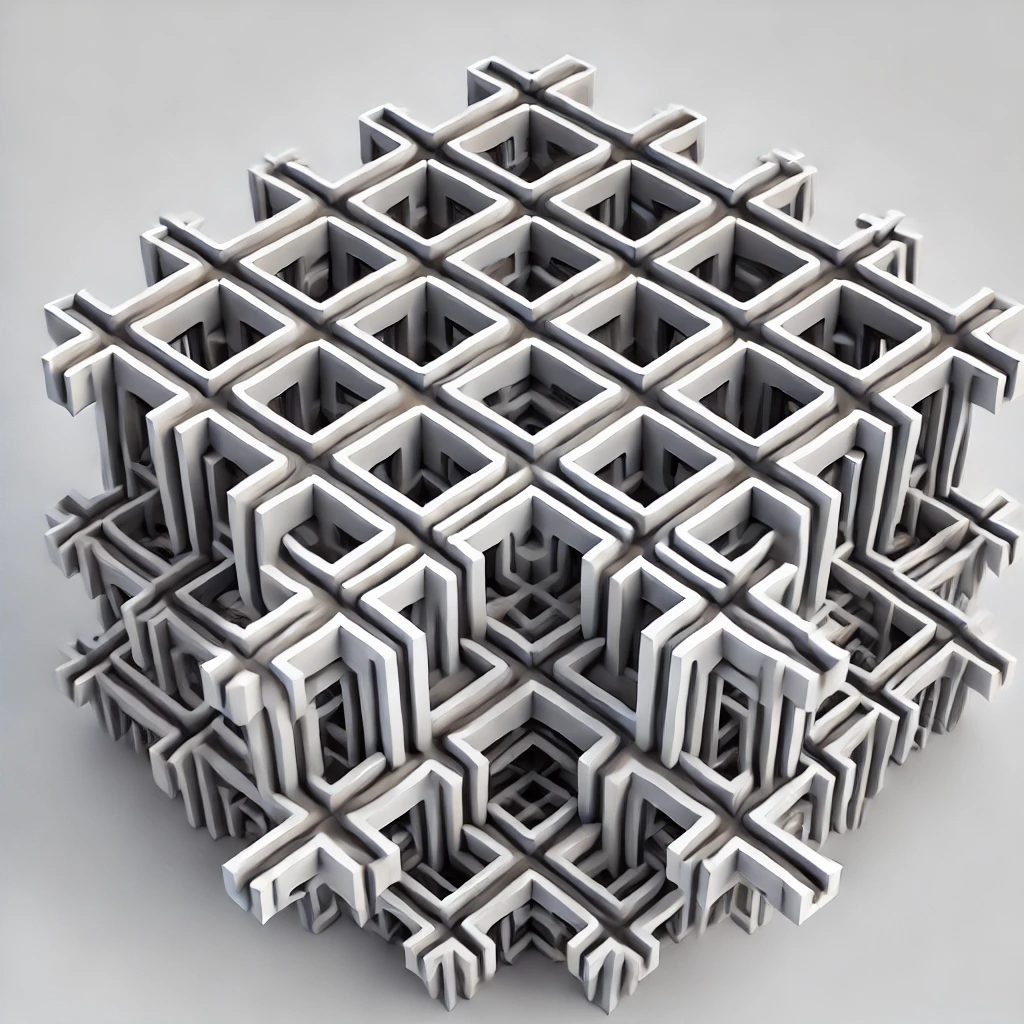
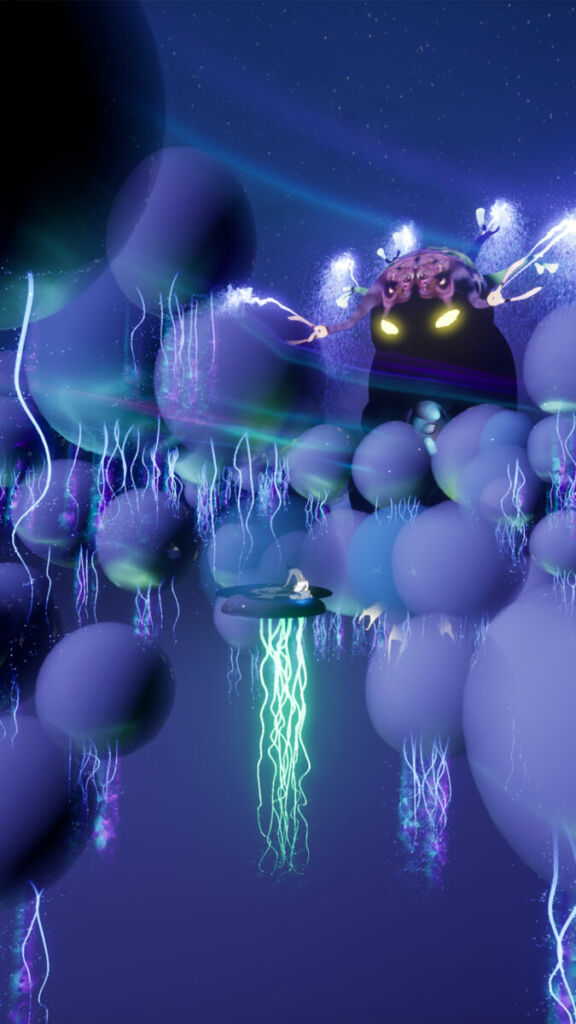
Six approaches to sustainable AI art
The lab has selected six Canadian projects [20] representing varied approaches to sustainable AI in the arts:
- CITYLLM + CITYchat. Femke Kocken, Ivonna Bossert, Connor Cook, and Sura Hanna (Montréal, Québec), aims to replace energy guzzling chatbots with an LLM trained locally on local data for department-centered use. Why use a do-it-all AI when their university has all the resources and a more tailored process might do better and use less energy? AIs can become for “smarter” and hallucinate less when trained on data more specifically related to the intended use. Local servers and local training, especially in a city like Montréal running on hydro power, can lead to a much reduced energy impact. After the very chat and large-scale focus of AI in recent years, local, smaller scale, and context-situated uses of AI are becoming more prominent but often hidden behind corporate walls, there’s a need for academic and open projects.
- You, Me, the Lichen & Spore. Kelly Andres, Matthew Waddell, and Brennan Andres (Ferintosh, Alberta) will create an immersive interactive installation transforming lichen growth into a speculative alphabet of ecological change. The team will use AI modeling and sensors to reveal lichen’s–sensitive bioindicators of air quality, climate, and pollution–stories. The projects connects to emerging fields of multispecies justice, to ecological art practices seeking to decenter human perspectives, and to “more-than-human” intelligence [21] and processes. By using AI to interpret biological data from organisms highly sensitive to environmental changes, the project demonstrates how technology might serve as an ecological translation tool.
- TamagotchU by Eyez Li and Xijian Lou (Montréal, Québec) reimagines AI as a decentralised ecosystem. The project proposes using low-end devices as nodes for collaborative creation, challenging centralized monopolies, and aiming to reduce carbon footprints through low-energy workflows and community input. The project suggests an alternative model for AI, promoting open source and low-impact solutions, and connects to growing movements for low tech [22] (or lo-tech), frugal computing, and data sovereignty that resist monopolistic control of AI development. The creators also draw inspiration from the cuteness and environmental sensitivity of Yangtze river pufferfish, providing a metaphorical yet also very grounded link between environmental and species-specific impacts.
- Artist-Led AI in Animation – Environment Art in The Garden. David Barlow Krelina, Amélie Masson Labonté, Emily Paige (E.D. Films), and Julien Coll (Val-Morin and Montréal, Québec) will explore open-source AI models and tools to accelerate immersive 3D landscape creation. The project compares different approaches based on their ethical implications. One output could be a contribution to debates about intellectual property, creative control [23], and fairness. While a lot of work on AI leads to a broader accessibility for the creation of content and art, it also leads to less reliance on paid labour, a very present danger for creators. An artist and ethics-led endeavour could better balance the pros and cons of such development and offer promising pathways.
- Robust AI Training and Sustainability. Dane Malenfant (Montréal, Québec) will focus on maximising entropy in reinforcement learning agents. Increasing it could allow them to explore more possibilities, becoming more flexible and efficient while conserving energy by learning once instead of requiring repeated retraining. AI is often portrayed as a way of optimising processes and production, but evermore efficiency can just lead to brittleness. This project’s focus on robustness [24] and reducing energy use could bring useful insights not just on the resources side, but also for more robust models and approaches, creating more adaptable, generalizable systems. It could also bring some answers to criticisms about narrow-use AI that requires constant updating.
- Wattsup. Lionel Ringenbach, a.k.a. Ucodia (Vancouver, BC), seeks to raise awareness about AI’s environmental impact by integrating energy monitoring into AI tools. The project aims to develop counters that measure and display the power consumption and carbon emissions of AI operations in real-time, making energy usage a visible metric. Wattsup echoes the broader environmental accountability movement in tech, responding to research showing that visible metrics significantly influence both user behaviour and corporate decision-making. Projects like SETI@home [25] and Folding@home [26] have shown that citizen science can provide enthusiasm for complex topics. As with many projects in this residency, there’s the potential that a more artful lens results in captivating participation, instead of the judgmental taint that some purely advocacy-based or corporate concepts sometimes bring.
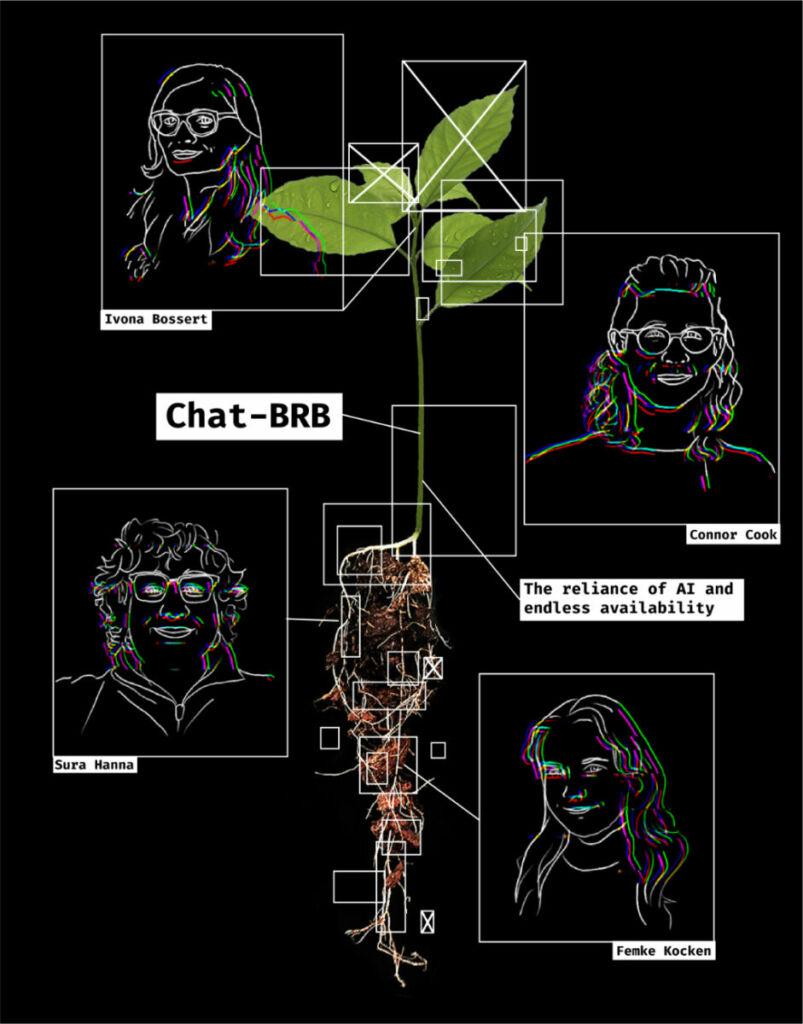
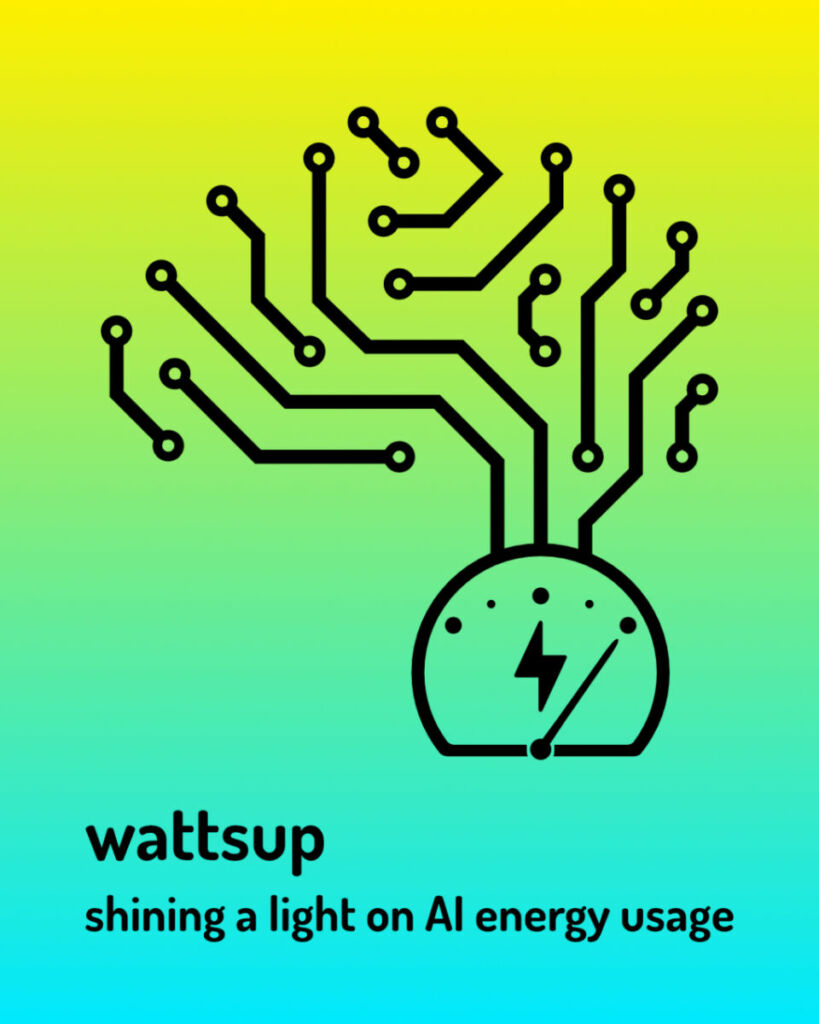

From prototype to practice, toward sustainable digital creation
Sustainable AI practices offer social benefits, including increasing awareness about climate issues, contributing to ecojustice, improving organisational morale and well-being, enhancing the reputation of environmentally engaged organisations, and expanding creative opportunities and partnerships.
The MUTEK AI Ecologies Lab represents a step towards realising the potential of the digital arts and creative technology sectors to lead on climate action. By focusing on prototyping sustainable AI tools and developing best practices, the lab aims to inspire more environmentally conscious adoption across the cultural sector. This effort aligns with broader industry trends, including recognition among international arts leaders of environmental sustainability, and emerging policy frameworks mandating reporting on the energy consumption and resource use of AI systems.
As cultural institutions face pressure to report and reduce their carbon footprints, initiatives like the MUTEK AI Ecologies Lab could offer practical tools and frameworks for sustainable digital creation. The lab hopes to demonstrate that the arts sector can lead the way in ecologically responsible AI approaches that might influence the broader technological landscape by bringing together diverse perspectives–from Indigenous knowledge systems to technical approaches.

